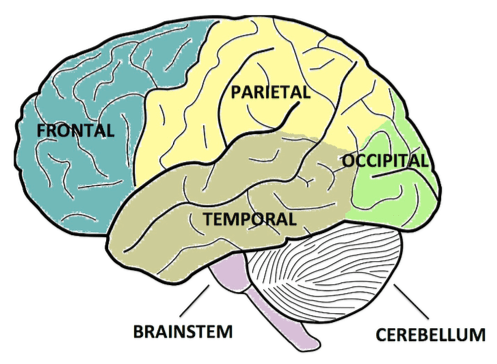Last month, Yale researchers published a study outlining a powerful technique with the potential to connect gene expression and brain imaging. This interdisciplinary study used computational modeling to link the brain to its distinct tasks. Yale Assistant Professor of Psychiatry John Murray conducted this research to answer how different parts of the brain correlate to different inputs, especially regarding higher-level cognitive functions such as making connections between ideas.
Murray’s team began by looking at how information is processed in the brain. They focused on the cortex, the outer part of the brain that consists of various lobes that oversees complex thought. The team investigated ways in which different areas of the cortex distinctly support different functions, such as decision making.
Through brain imaging using magnetic resonance imaging (MRI) and computational analysis, Murray and others validated their hypothesis that “convolutional neuro-networks” referring to higher cognitive functions follow hierarchal or successive processing. This means that there are intrinsic differences across layers of the brain that perform distinct roles in the brain in a specific order and direction.
After validating their model of information processing in the brain using neuroimaging, the researchers then looked at gene expression to see if this also followed a hierarchical model. They analyzed the gene expression of six post-mortem brains that provided information about which genes are transcribed for which role based on areas with different synaptic receptors. Ultimately, the analysis showed varying gene expression according to the cortical hierarchy. “The dominant way in which cortical areas differ from each other is following this hierarchical gradient,” Murray said.
Murray then further directed the research towards his specialization, psychiatry. He and his team looked at different gene expressions and their relationship to brain disorders. Using their newly developed technology GEMINI-DOT (Gene Expression Mapping Integrated with Neuro-Imaging for Discovery of Therapeutics), which links gene expression data with MRI imaging, scientists can identify and follow specific genes through its receptor, synapse, respective locations, and ultimately to its function. The ability to target specific genes and their possible alterations can lead to much more precise medications that account for the individual variances found in psychiatric patients.
In other words, these research findings can assist in creating personalized treatments for brain disorders like schizophrenia and depression, which has many variations in form and symptom. The data from the study has the potential to better understand the relationship between receptors and the drug that commonly treat such brain disorders. “This would better optimize the drug that preferentially targets the affected brain areas,” Murray said. Medicine can closely approach the different genetic composition of patients by precisely matching a drug target receptor and thereby increasing the effectiveness of the drug. Without a doubt, the clinical applications of the research could relieve many psychiatric patients from drug mismatch.

